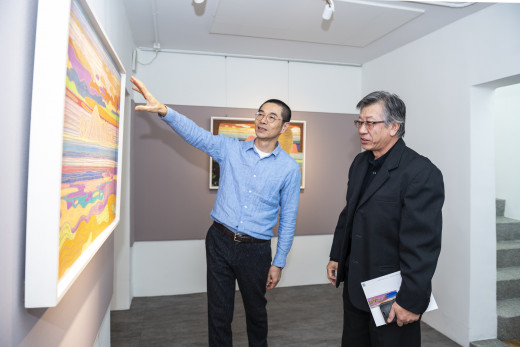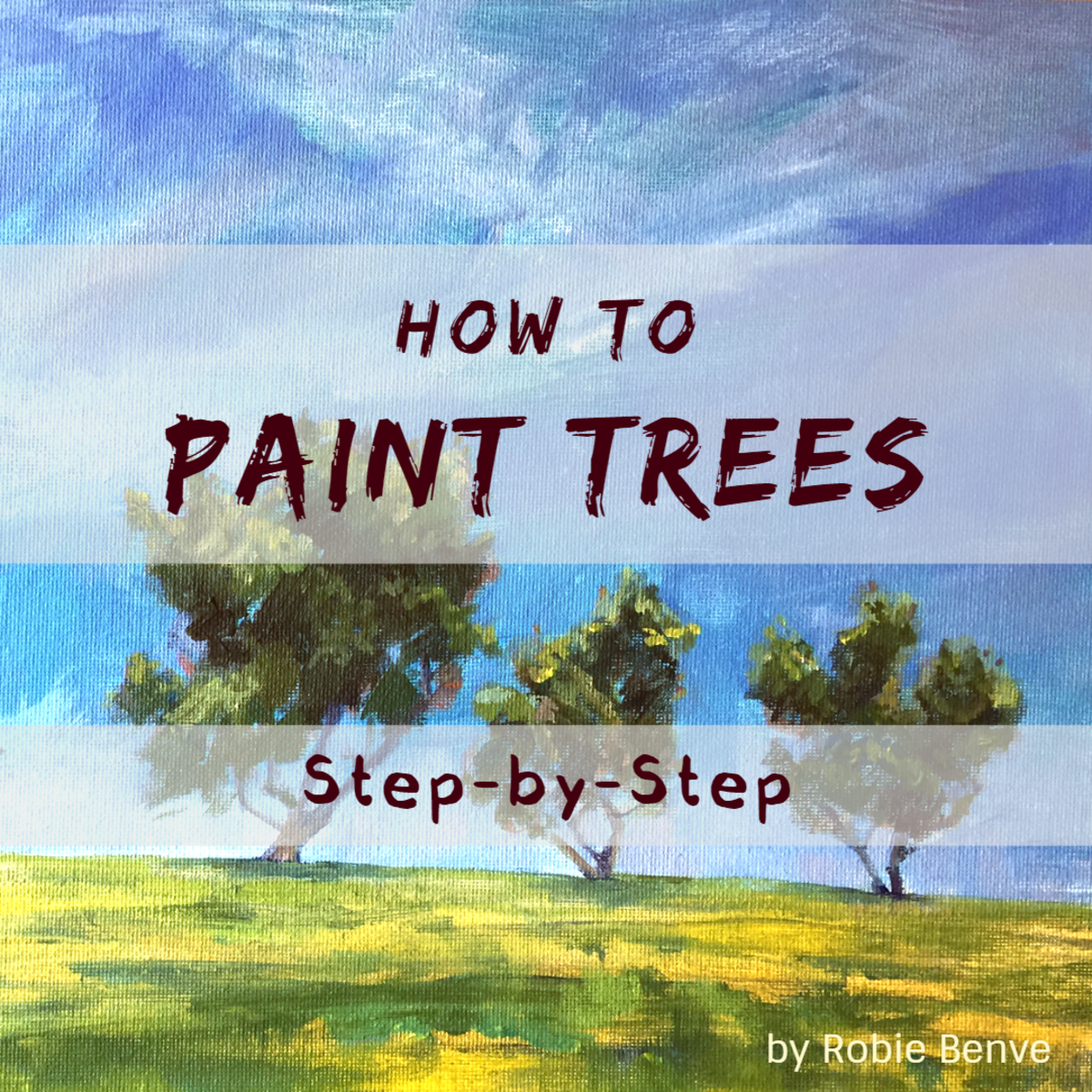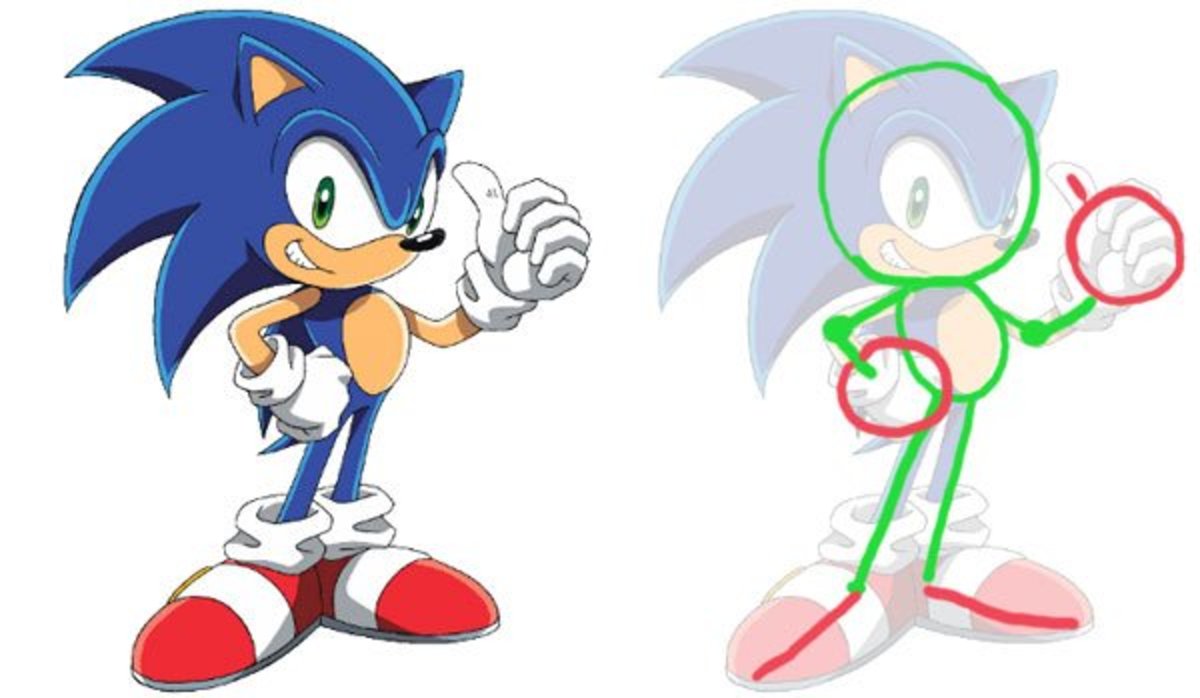The Border of Painting and Island: Reading Wu Hsichi’s “ISLET”

Commentary on Wu Hsichi’s “ISLET”
Written by Tan Li-Hsin
The work that Wu Hsichi has devoted himself to in recent years always goes beyond our definition and restriction on the medium of art. By choosing the painting materials with a reverse style of “inner turn”, it makes us aware of the possibilities and countless ways of painting. If Wu Hsichi has a brand-new encounter when facing the inner turn of painting, it is because the artist uses the traditional method to carry out inner exploration, and gives the picture plane, line and even the color content of the painting a new meaning that transcends the border of the traditional art forms. Creating in the name of islet means admiration and awe towards existence. Islet, on one hand, is a geographical boundary, and on the other hand, the barrier and sustenance of existence. The artist's writing of islet is double refraction of himself and nature; the islet is both the body and the external world, as well as both the subject and the object. Wu Hsichi’s landscape painting is a repeat overlapping of reality and the extension of ideal, presenting the tension from inside and outside. The layered outlines in his painting, on one hand, framed the self-controlling domain of the subject, and on the other hand provided a mindscape beyond the uncertainty of thinking and linear contour. As the result of the two-way development, it reflects an imagery of mutual confrontation and reconciliation with each other, including the images of the boundless universe, allowing them to roam and flow within it.
In this series of works by Wu Hsichi, we can observe that mountains and rocks are the main media by which his inner spirit is constructed, and the depiction of the sea and river is homogeneous with those of the mountains and rocks, spreading outward in layers and layers of dark lines. This method of expression is like the traditional Chinese style of landscape painting, and a mental record left by observing and experiencing the natural changes of the landscape.
By comparing the limited time of human beings to the slow changes of mountains and rocks over thousands of years, the external objects of nature are by no means static; therefore, the shifting layers of linear outlines actually symbolize the temporary traces and marks generated by the limited human experience corresponding to the infinite changes of nature. Almost all of the surrounding abstract lines play the roles of easing people’s minds. Just as Worringer examined the so-called “Abstract Impulses” in his important essay “Abstraction and Empathy”, its objective is to make people adopt the same strategies when facing the restlessness and fear of natural change. Through repeating and induction of flat abstract form, external multi-dimensional changes are incorporated into the comprehensible shapes, so as to dissolve the changes and achieve a stable and creative state of mind. The artist’s polygonal lines of the mountains and rocks also represent their changes in time. This effect reveals their innate characteristic, regardless of its external forms or inner molecular movement, allowing the boundaries between outside and inside gradually to melt away, no longer existing any perceptual or dialectical differences, further gaining a constant effect. Therefore, the lines depicting the mountains and rocks are a kind of silence movement in which the artist communicates with nature. The polygonal lines in the painting are also a movement of observation. Through this observation, it allows the mountains, rocks, seas and rivers to regain the freedom to manifest themselves. Another characteristic of Wu Hsichi’s paintings is his unique use of color. This color is not the inherent color of external material, but more appropriate to describe it as a color of “spiritual vision”, a color displayed through the perception of the mind. It is not only the colors that can be described by subjective expressions, but most part of it comes from the artist’s alchemy-like research spirit for the perfect combination of pigments and special paper fiber. This ingenious combination causes the pigment to penetrate completely into the base of the paper, giving birth to a polyphony resembling the deposition of time and life. It is a crystallization process, allowing refraction of a variety of appearance and psychological reflection when we gaze into its colors as if the eye of the soul can observe multiple symbolism of colors.
Living in a sensory world of a “post-human” era, the understanding of physical perception is often mixed with the two-way experience of machines and organs. Therefore, perhaps we should rethink the notion of humanity’s position as the absolute subject in the world. With reference to this aspect of logic, some interesting questions emerge when looking deeper into the ancient medium of painting. Without a doubt, painting is a traditional art. It can help us remember and recall images in an era before mechanical photocopying, even helping people to exceed their own physical limits, and run freely in a world of spiritual consciousness. However, in the face of continuous advancement of machines, imagination has taken a different path, and gradually being usurped by a standardized, predetermined pattern of thoughts. In the field of contemporary art, countless works are created under the name of “new media”. Despite using all kinds of multimedia art, these works are often stuck within the aforementioned thought pattern, indulging the completion of the works through the viewer’s “interaction”, abandoning the innate artistic calling, and eventually to be replaced by other mechanical media. Perhaps this is the value of the painting that can directly inspire people's hearts. Through Hsichi’s creation, it links the direct movement of the painter’s hands and heart within his painting. The inner meaning it raises conveys the subject of expression that is fundamentally human. By using simple shapes colors, and even with the creator’s efforts, the materiality that penetrates into the paper and its surface awakens the indelible mental traces and the joy of admiring the painting.








